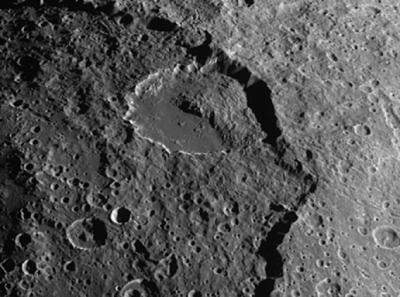It’s always cool when something new is discovered, especially when it’s about 750 million miles away from Earth.
Such is the case with one of Saturn’s moons known as Iapetus. Scientist Kelsi Singer was looking over images of the celestial body, which was already known to be very icy in its composition, found something no one had previously discovered.

There are massive avalanches that Singer describes as being similar to the ones that occur here on Earth. It’s significant because of the vastly different composition of Iapetus.
“The landslides on Iapetus are a planet-scale experiment that we cannot do in a laboratory or observe on Earth. They give us examples of giant landslides in ice, instead of rock, with a different gravity, and no atmosphere. So any theory of long runout landslides on Earth must also work for avalanches on Iapetus,” Singer said.
The moon was previously not given a significant amount of attention. Saturn has 62 different moons so it certainly takes something unique or unusual to make one of them stand out.
As for actual actions that can be taken, obviously there’s not much other than continuing to investigate images of the moon.
What this mainly does is shake up our perception of friction. Professor William McKinnon chimed in to say, “You might think friction is trivial, but it’s not. And that goes for friction between ices and friction between rocks. It’s really important not just for landslides, but also for earthquakes and even for the stability of the land. And that’s why these observations on an ice moon are interesting and thought-provoking.”






